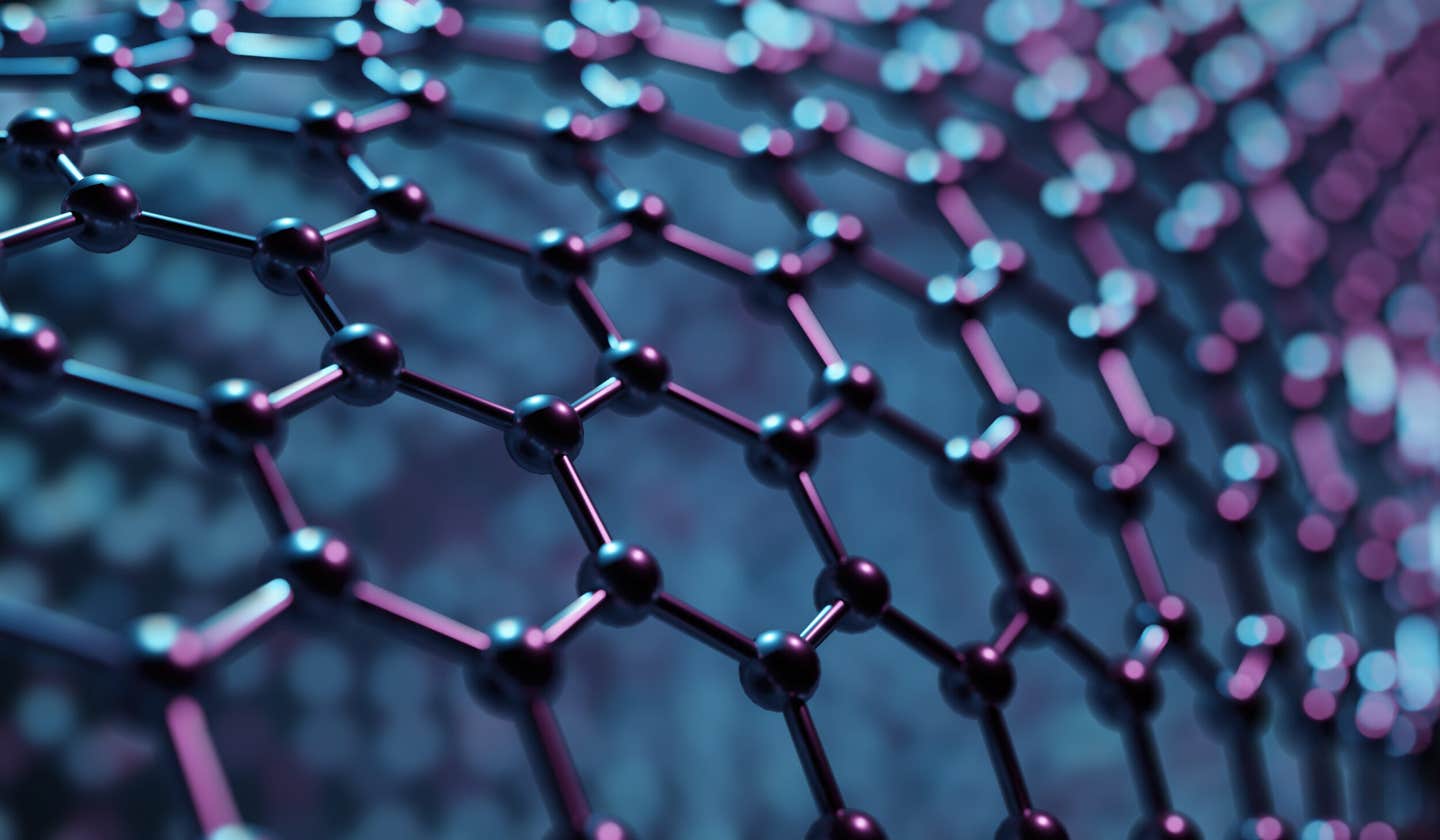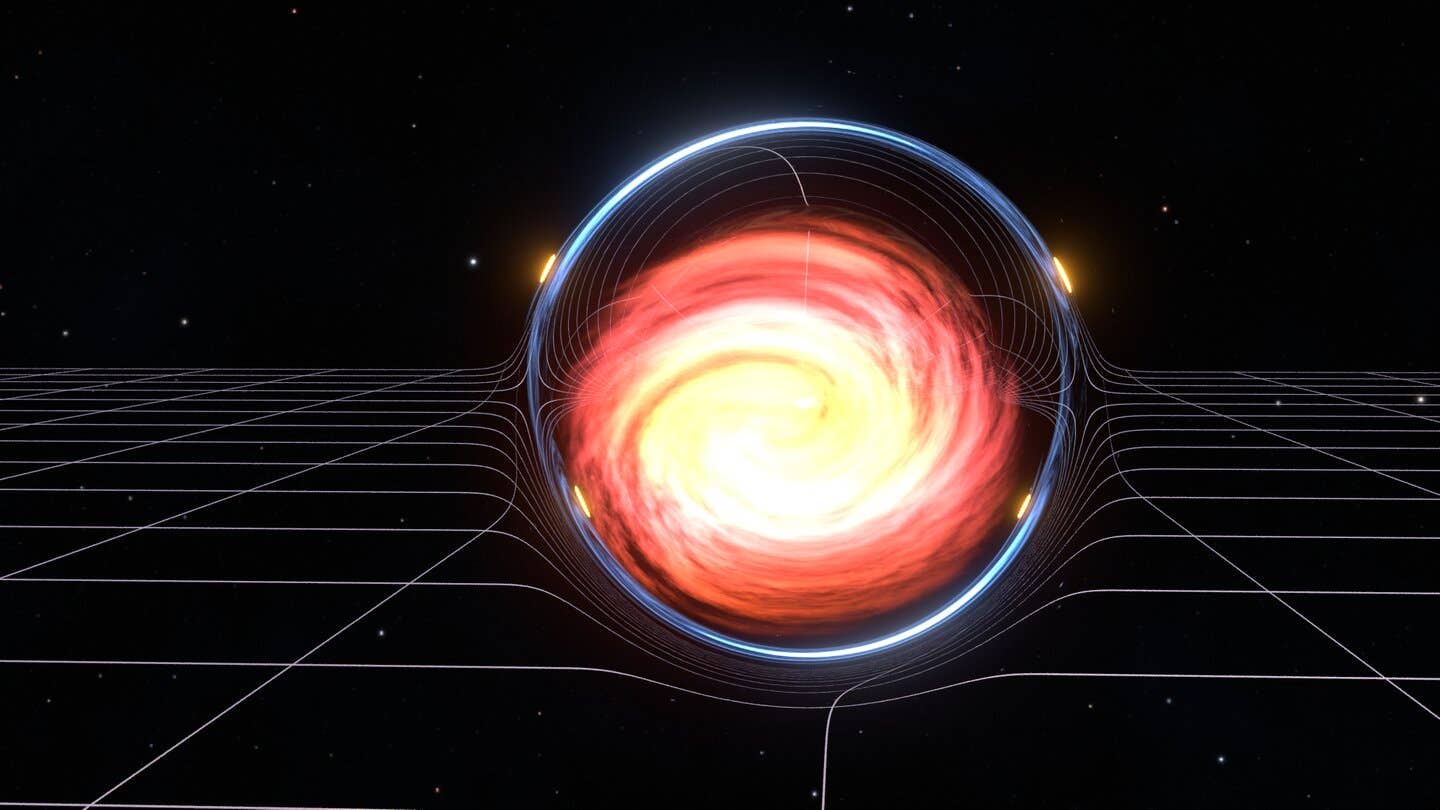Quantum liquid crystal: Scientists discover a new 5th state of matter
Researchers have discovered a new quantum state of matter, called a quantum liquid crystal, at the interface between two exotic materials.

Beyond solid, liquid, gas, and plasma, there is now the “quantum liquid crystal.” (CREDIT: CC BY-SA 4.0)
Your science textbook likely told you that matter exists in four states. You know them as solid, liquid, gas, and plasma. For generations, this understanding formed the foundation of physics. Now, a team of scientists is asking you to add a new member to that exclusive club. They have found a completely new way for matter to exist. This strange new phase is not found in nature. Instead, it appears only at the engineered boundary between two incredibly exotic materials.
Researchers from a Rutgers-led team have discovered what they call a quantum liquid crystal. This new state of matter appears to follow its own bizarre set of rules. It emerges from a delicate dance between materials at the quantum level.
The discovery, detailed in the journal Science Advances, pushes the boundaries of what we thought was possible. It also opens a doorway to future technologies you might see in your lifetime. This is not just a tweak to the old rules. It is a glimpse into a new chapter of materials science, found in a place no one had ever looked before.
The Quantum Sandwich
To find this new state, the scientists had to build something unique. They created a special structure by layering two very different materials. Think of it as an atomically thin, high-tech sandwich. Each slice of this "sandwich" is a material known for its own strange and wonderful properties.
Creating this structure, known as a heterostructure, was an enormous challenge. It was so difficult, in fact, that the team first had to invent and build a custom machine to make it. After four years of effort, their unique device, the Q-DiP, or quantum phenomena discovery platform, successfully assembled the tiny structure, atom by atom.
The first layer is a material called a Weyl semimetal. You can picture it as a superhighway for electrons. In this material, electricity flows with incredible speed and almost no energy loss. This amazing feat is possible because of special particles called Weyl fermions. They behave in unusual ways, giving the material its powerful conductive abilities.
Related Stories
- 300-year-old meteorite deepens our understanding of how heat moves through matter
- Dark matter particles may live longer than the universe itself, study finds
- Quantum breakthrough: Scientists created antimatter from light
The second layer is something completely different. It is an insulating magnet known as spin ice. This material is magnetic, but not like the simple magnet on your refrigerator. In spin ice, the tiny internal magnetic fields are arranged in a frustrated pattern. Their layout is complex and resembles the way hydrogen atoms are positioned in frozen water ice.
Individually, both materials are fascinating subjects of study. Scientists have explored their properties for years. But no one had ever seen what happens when you press them together. “Although each material has been extensively studied, their interaction at this boundary has remained entirely unexplored,” explained Tsung-Chi Wu. He earned his doctorate from Rutgers University and is the first author of the study. The team ventured into this unknown territory. They wanted to see what new physics would emerge at the fragile interface between these two quantum worlds.
An Unexplored Frontier
When you combine two distinct quantum materials, you create an opportunity. The meeting point, or interface, can give rise to exotic phases. These new states would be impossible to create in a single material. It is a bit like mixing two colors to create a third, entirely new shade.
Scientists have seen this happen in simple materials like graphene. But the Rutgers team took it a step further. They chose two materials that were already incredibly complex on their own. They reasoned that an interface between two strongly correlated materials would yield even more substantial and interesting results.
The key was to find the right ingredients. The team settled on a specific family of materials called magnetic pyrochlores. These compounds are a perfect playground for quantum effects. Their unique crystal structure, made of corner-sharing tetrahedrons, forces electrons and magnetic forces to compete. This interplay gives rise to a rich variety of behaviors.
The team selected a pyrochlore iridate (Eu₂Ir₂O₇) to serve as their Weyl semimetal. For the spin ice, they chose a pyrochlore titanate (Dy₂Ti₂O₇). By building this pristine interface, they could couple the super-fast electrons of the semimetal with the strange magnetic fluctuations of the spin ice. This direct link between two very different quantum systems was the key to their discovery.
The researchers brought their custom-built material to a special facility. Most of the key experiments took place at the National High Magnetic Field Laboratory (MagLab) in Florida. This lab provided the extreme conditions needed to probe the material’s secrets. “We had to initiate the collaboration and travel to the MagLab multiple times to perform these experiments, each time refining ideas and methods," Wu said.
The combination of ultra-low temperatures, just above absolute zero, and incredibly powerful magnetic fields was essential. “The ultra-low temperatures and high magnetic fields were crucial for observing these new phenomena,” he added. It was only under these intense conditions that the material’s true nature revealed itself.
Strange New Rules of Flow
Inside the powerful magnets at MagLab, the quantum sandwich began to behave strangely. The team discovered that the magnetic properties of the spin ice layer were influencing the electrons in the Weyl semimetal. This interaction created a very rare phenomenon called “electronic anisotropy.” In simple terms, this means the material conducted electricity differently depending on the direction of the current. The flow of electrons was no longer the same in every direction. It had developed a preferred path, dictated by the quantum whispers from the adjacent layer.
As they rotated the material inside the magnetic field, they measured its electrical response. They found something astonishing. The electrical conductivity became lowest at six specific directions. If you were to map it, the pattern of electrical resistance would look like a six-pointed star. This sixfold pattern was a direct result of the spin ice’s magnetism scattering the electrons in the Weyl semimetal’s special conducting channels.
Then, the team cranked up the magnetic field even higher. The material suddenly changed its behavior again. The electrons abruptly began to flow in just two opposite directions. The pattern had switched from sixfold to twofold. This sudden shift is a classic sign of rotational symmetry breaking. It confirmed the team was witnessing the birth of a new, organized state of matter. “We observed new quantum phases that emerge only when these two materials interact,” Wu stated. “This creates a new quantum topological state of matter at high magnetic fields, which was previously unknown.”
Cracking the Quantum Code
Discovering this phenomenon was one thing. Understanding it was another challenge entirely. The experimental results were so unusual that they puzzled the team for years. Making sense of the data required a different kind of expertise. This is where a deep collaboration between experiment and theory became vital. The project was led by principal investigator Jak Chakhalian, a professor of experimental physics at Rutgers. His team’s hands-on work was supported by the theoretical group of Jedediah Pixley, an associate professor in the same department.
“The experiment-theory collaboration is what really makes the work possible,” Wu emphasized. “It took us more than two years to understand the experimental results.” The theoretical team built complex computer models to simulate the quantum interactions at the interface. These simulations helped explain the strange sixfold and twofold patterns seen in the lab.
“The credit goes to the state-of-the-art theoretical modeling and calculations done by the Pixley group, particularly Jed Pixley and Yueqing Chang, a postdoctoral researcher,” Wu said. This partnership allowed the team to connect their observations to the deep quantum principles at play. It confirmed they had indeed found a new many-body state.
The findings are significant because they offer new ways to control a material’s properties. By carefully designing these interfaces, you could engineer materials with specific electronic or magnetic behaviors. Understanding how to guide electrons in these exotic materials could lead to revolutionary technologies. Wu suggests they could be used to build a new generation of ultra-sensitive quantum sensors. These devices could detect tiny magnetic fields in extreme environments, like deep space or inside powerful fusion machines.
The research proves that by combining materials, you can create new functionalities that are greater than the sum of their parts. This work is a blueprint for future material design. As Wu concluded, “This is just the beginning. There are multiple possibilities for exploring new quantum materials and their interactions when combined into a heterostructure. We hope our work will also inspire the physics community to explore these exciting new frontiers.”
Note: The article above provided above by The Brighter Side of News.
Like these kind of feel good stories? Get The Brighter Side of News' newsletter.



